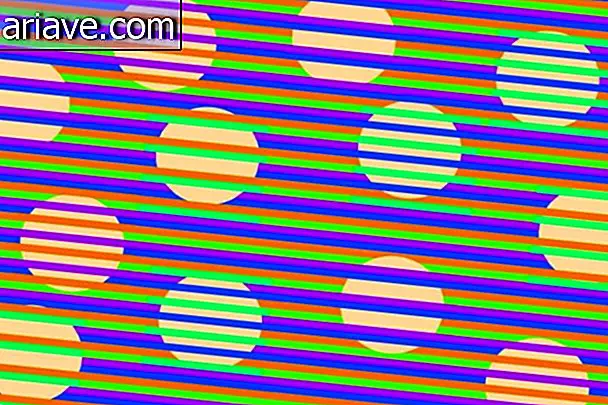Identified planet that may be most similar to Earth
As in the Interstellar movie, astronomers constantly seek to find a planet that is similar to our Earth. In film production, the incessant pursuit had one reason: a possible shift from our civilization to an alien world where humans could survive after the depletion of water and resources around here.
In real life, they still don't dream that high, but the discoveries are still in full swing. After all, with so many attacks on our planet, it is probably heading into a similar scenario. The fact is that in a recent BBC news report by Jonathan Webb, it was reported that scientists have identified eight more new exoplanets.
However, only three of them are safely located within their mother star's "habitable zone" (and would be capable of having water), and one of them drew the most attention, being described as perhaps the most similar to the Earth so far.
This planet similar to our world is also rocky, but slightly warmer. Named 438B, it is only 12% higher than Earth and has the closest temperature to our planet. With that, it now replaces the 186f, which was discovered last year and was considered to be the most similar to Earth so far.
Features
Exoplanets have been observed by NASA's Kepler telescope, which has identified over 1, 000 of these bodies outside our Solar System since launch in 2009. According to NASA, the 438B is 475 light years away from Earth and orbits its star every 35.2 days.
In addition to our “twin planet, ” another exoplanet identified within its star's habitable zone, 442b, is 1, 100 light years away and orbits its star every 112 days, and is as rocky as our world.

In addition to these, NASA has also announced 554 new "candidates" to the planet, bringing its total number to 4, 175 exoplanets discovered so far. However, further analysis will be needed to determine how many of these are real planets and how many might look like Earth.
"On further observation, some of these candidates may not be planets. Or we better understand their properties, how they move in or even outside the habitable zone, " said Kepler scientist Fergal Mullally.
Even so, scientists are optimistic. According to Fergal, Kepler has collected data for four years, enough time for them to be able to unravel Earth-size candidates in a similar orbit. "We are closer than ever to finding Earth twins around other stars like the sun. These are the planets we are looking for, " he said.











